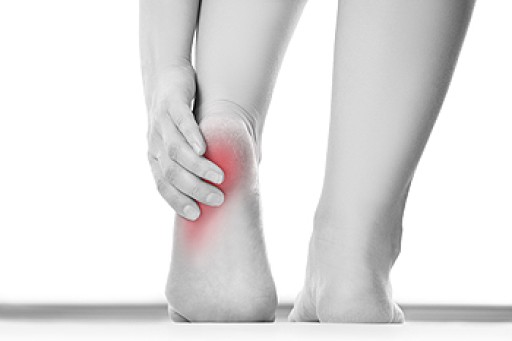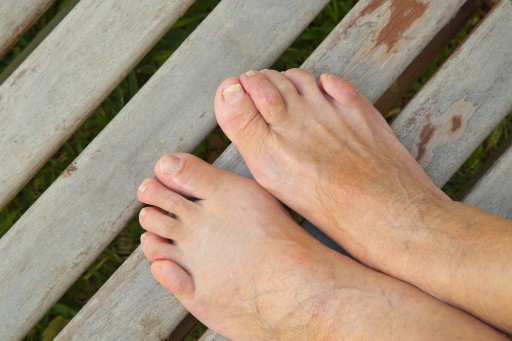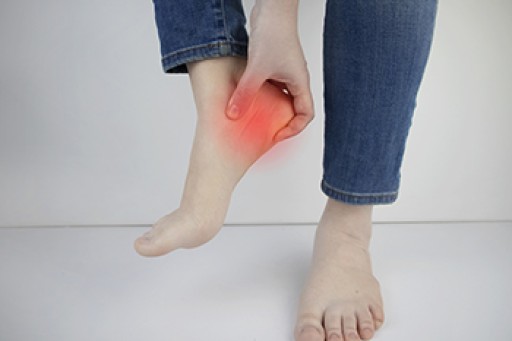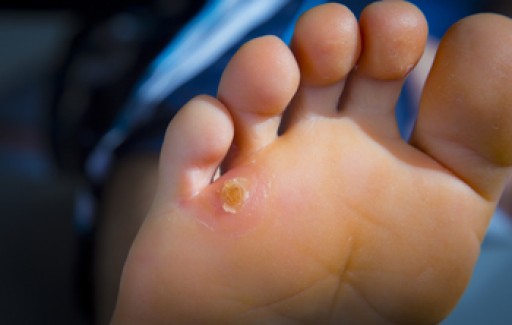 Children are often on their feet playing games, participating in sports, and running and jumping around. High levels of activity can increase your child’s chances of developing heel pain. Active children between the ages of 8 and 14 may find themselves with Sever’s disease, an inflammation of the growth plate in the heel. Plantar fasciitis, an inflammation of the ligament that runs along the bottom of the foot, is also common. Children who play high impact sports like football may be more likely to incur Achilles tendon injuries or foot and ankle fractures. If your child complains of heel pain, take them to see a podiatrist. With proper care, your child can make a full recovery.
Children are often on their feet playing games, participating in sports, and running and jumping around. High levels of activity can increase your child’s chances of developing heel pain. Active children between the ages of 8 and 14 may find themselves with Sever’s disease, an inflammation of the growth plate in the heel. Plantar fasciitis, an inflammation of the ligament that runs along the bottom of the foot, is also common. Children who play high impact sports like football may be more likely to incur Achilles tendon injuries or foot and ankle fractures. If your child complains of heel pain, take them to see a podiatrist. With proper care, your child can make a full recovery.
Many people suffer from bouts of heel pain. For more information, contact Cary Golub, DPM of New York. Our doctor can provide the care you need to keep you pain-free and on your feet.
Causes of Heel Pain
Heel pain is often associated with plantar fasciitis. The plantar fascia is a band of tissues that extends along the bottom of the foot. A rip or tear in this ligament can cause inflammation of the tissue.
Achilles tendonitis is another cause of heel pain. Inflammation of the Achilles tendon will cause pain from fractures and muscle tearing. Lack of flexibility is also another symptom.
Heel spurs are another cause of pain. When the tissues of the plantar fascia undergo a great deal of stress, it can lead to ligament separation from the heel bone, causing heel spurs.
Why Might Heel Pain Occur?
- Wearing ill-fitting shoes
- Wearing non-supportive shoes
- Weight change
- Excessive running
Treatments
Heel pain should be treated as soon as possible for immediate results. Keeping your feet in a stress-free environment will help. If you suffer from Achilles tendonitis or plantar fasciitis, applying ice will reduce the swelling. Stretching before an exercise like running will help the muscles. Using all these tips will help make heel pain a condition of the past.
If you have any questions please contact our offices located in Williston Park, and Long Beach, NY . We offer the newest diagnostic and treatment technologies for all your foot and ankle needs.






 Plantar fasciitis
Plantar fasciitis



